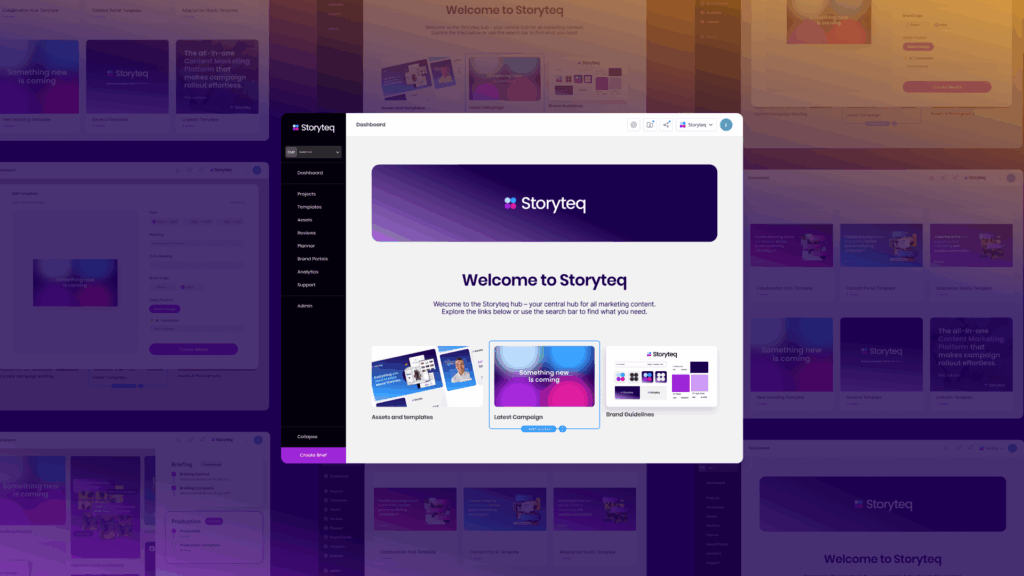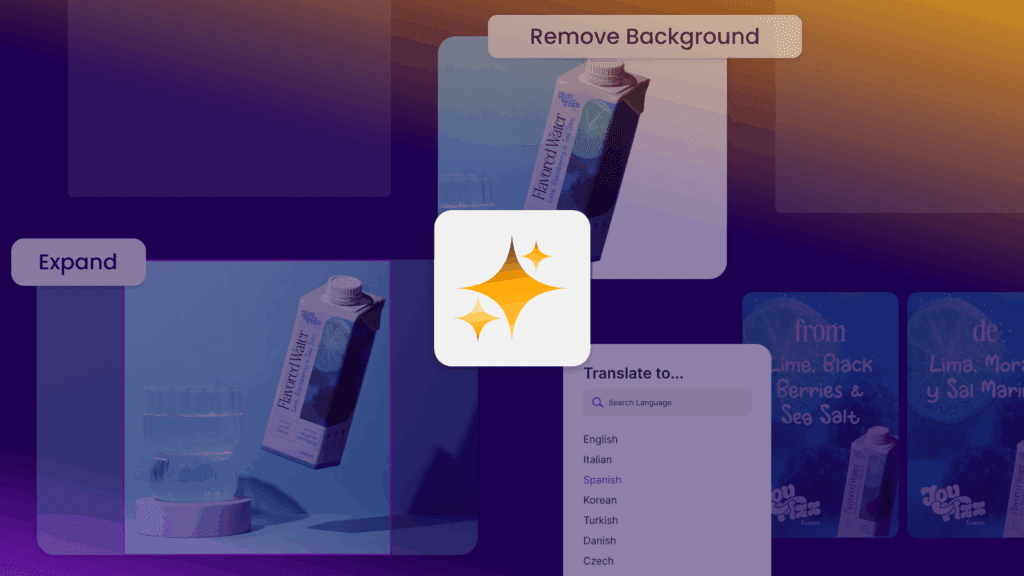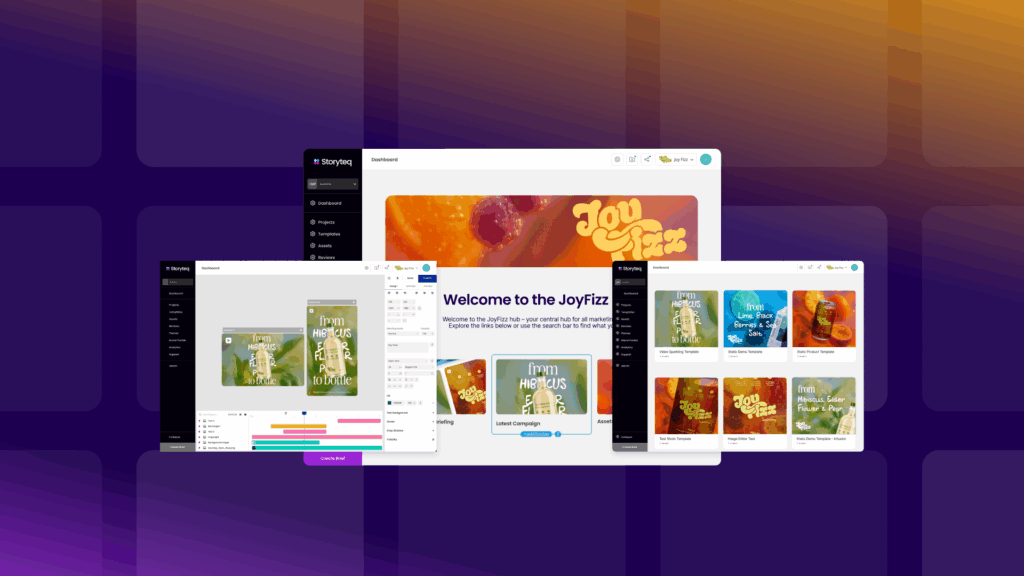The integration of AI content generation into marketing workflows represents one of the most significant shifts in how teams collaborate on creative projects. As AI tools become increasingly sophisticated, marketing departments are discovering new ways to coordinate their efforts, streamline approvals, and maintain creative quality while leveraging automation. For teams to effectively harness AI-generated content, they need structured collaboration systems that balance technological capabilities with human expertise. This requires thoughtful implementation within project management frameworks that maintain brand integrity while accelerating content production.
Establishing effective AI content workflows
Creating a structured workflow for AI-generated content begins with clearly defined roles and responsibilities. When teams first implement AI content generation tools, the process often lacks clear ownership, leading to confusion and inefficiencies. Effective workflows require deliberate planning to determine who initiates AI content requests, who reviews outputs, and who has final approval authority.
A well-designed AI content workflow typically includes these essential components:
- Content brief templates that provide AI systems with consistent guidance
- Clear assignment of review responsibilities across team members
- Established revision protocols that track changes systematically
- Version control systems that prevent outdated content from circulating
- Defined approval chains with appropriate stakeholder checkpoints
When implementing collaborative AI workflows, centralisation becomes vital. Without a central hub for managing AI-generated assets, teams quickly lose track of what’s been created, approved, or distributed. Project management tools that integrate with content automation platforms allow teams to maintain visibility throughout the creative process.
The most successful teams establish “freedom within boundaries” by creating flexible templates that maintain brand guidelines while allowing AI to generate variations. This approach enables scale without sacrificing quality control or brand consistency.
Overcoming collaboration barriers with AI content
Despite the potential benefits, teams often encounter significant obstacles when collaborating around AI-generated content. Trust issues frequently emerge as team members question the quality, originality, or appropriateness of AI outputs. These concerns can create resistance that undermines workflow efficiency.
Common collaboration barriers include:
| Barrier | Impact | Solution Approach |
|---|---|---|
| Quality consistency concerns | Excessive reviews and bottlenecks | Establish clear quality criteria and examples |
| Knowledge gaps about AI capabilities | Underutilisation or unrealistic expectations | Provide targeted training on AI strengths/limitations |
| Unclear feedback mechanisms | Inefficient iteration cycles | Implement structured feedback frameworks |
| Ownership ambiguity | Delayed decisions and accountability issues | Define clear roles and decision authorities |
To overcome these barriers, teams need robust creative workflow management tools that facilitate seamless collaboration. These platforms should automate notifications, track revisions, and centralise feedback to reduce delays and confusion in the approval process.
Knowledge sharing becomes essential when implementing AI content workflows. Teams that regularly share learnings about prompt crafting, output evaluation, and editing techniques develop collective expertise that improves overall content quality and collaboration efficiency.
How does AI transform creative team dynamics?
The introduction of AI content generation tools fundamentally reshapes team roles and relationships. Traditional creative hierarchies evolve as team members shift from content creators to content curators and strategic directors. Role evolution becomes inevitable as repetitive production tasks are increasingly automated.
For designers and content creators, AI tools change daily work patterns. Rather than creating every asset from scratch, many team members now focus on:
- Developing master templates that AI can adapt for different channels and audiences
- Crafting prompts and guidance that generate high-quality AI outputs
- Refining and enhancing AI-generated content rather than creating from zero
- Strategic oversight and quality control rather than production volume
Marketing teams using AI tools report shifting from “creating more” to “controlling more” as production volumes increase. This shift means that having systems to manage the growing content library becomes as important as the creation process itself.
Project managers increasingly serve as orchestrators of human-AI collaboration, ensuring that automated processes align with creative strategies and brand guidelines. They become critical in maintaining workflow efficiency while preserving creative quality and team cohesion.
Measuring collaborative success with AI content
Evaluating team performance when using AI content generation requires new metrics that go beyond traditional productivity measures. Holistic measurement frameworks should assess both efficiency gains and quality outcomes across the content lifecycle.
Effective measurement typically includes:
- Production efficiency metrics: Content volume, time-to-completion, resource utilisation
- Quality assessment: Brand consistency, error rates, editorial adjustments needed
- Team satisfaction indicators: Creative fulfillment, skill development, collaboration quality
- Business impact measures: Content performance, audience engagement, conversion rates
Teams should establish baseline measurements before implementing AI tools, then track improvements over time. This approach provides clear evidence of return on investment while identifying areas for workflow refinement.
The most mature teams implement continuous improvement processes that use performance data to refine their AI collaboration models. Regular retrospectives and workflow adjustments ensure that teams extract maximum value from their AI content systems while addressing emerging challenges.
Integrating human creativity with AI capabilities
The most successful teams view AI not as a replacement for human creativity but as an amplifier that handles repetitive tasks while freeing humans for higher-value creative work. Strategic integration of human and AI capabilities creates a complementary relationship that maximises the strengths of both.
Effective human-AI collaboration strategies include:
- Using AI for initial draft creation and scale production while reserving human judgment for refinement and approval
- Implementing “human-in-the-loop” processes for quality control at critical decision points
- Establishing clear boundaries between fully automated content and content requiring human enhancement
- Creating feedback loops where human evaluations improve AI performance over time
Teams that thrive with AI content tools maintain a balanced perspective on technology’s role. They understand that generative AI excels at getting from “zero to one” in the creative process, while post-production AI creates value by scaling content variations efficiently. This distinction helps teams allocate human and technological resources appropriately across the content lifecycle.
At Storyteq, we’ve observed that the most effective collaborations occur when teams embrace AI as a creative partner rather than a replacement. Our platforms are designed to facilitate this partnership through dynamic templates, batch creation capabilities, and streamlined approval workflows that empower marketing teams to scale content production while maintaining creative control.
The future of marketing content production lies not in choosing between human creativity and AI efficiency, but in thoughtfully blending both through well-designed collaboration systems. When teams establish clear workflows, address collaboration barriers, adapt team dynamics, measure performance holistically, and integrate human and AI capabilities strategically, they create content ecosystems that deliver both quality and scale.



